The last 35 years have seen some groundbreaking innovations in the world of mountain bike technology.
However, alongside the game-changing successes, there have been some serious flops too.
From flappy paddle brake levers to basically useless suspension systems, here are our five MTB tech flops of all time.
Shimano Dual Control
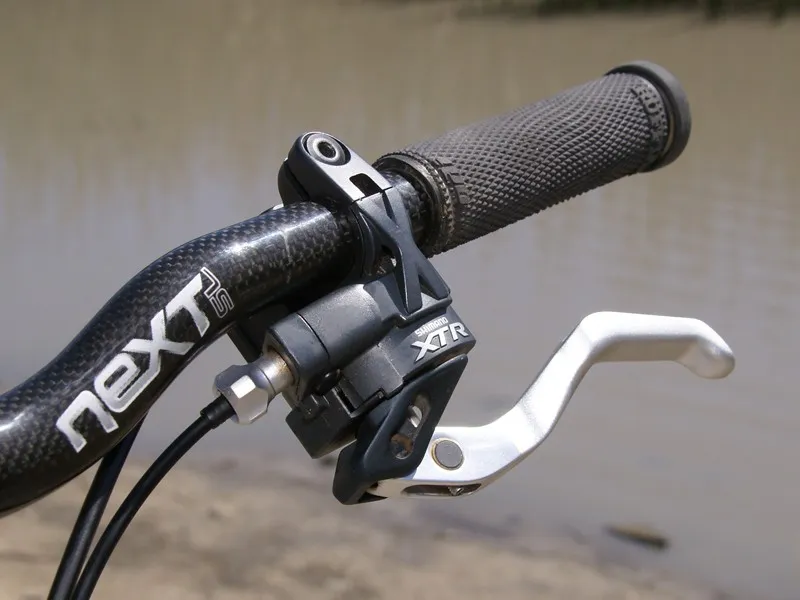
Even a brand as prestigious as Shimano has had its fair share of failures over the years. The biggest of these was its Dual Control shifters and brake levers.
The principle seems sound enough. The brand enjoyed great success with the introduction of Shimano Total Integration, more commonly known as STI, road levers in 1990. These have been the blueprint ever since and are still in use more than 30 years later.
The issues came when, in 2003, Shimano made the move to adapt this to its XTR mountain bike groupset. Cross-pollination of road and mountain bike tech isn’t unusual. After all, the now commonplace disc brakes on road bikes come from the off-road world. But, in the case of Dual Control, Shimano really shouldn’t have bothered.
Combined with the opposite-action rapid-rise rear derailleur, where the derailleur was sprung to shift into an easier, rather than harder, gear by default, Dual Control was despised by many.
The levers were bulky, fragile, locked you into using Shimano’s brake calipers, and made shifting while braking virtually impossible.
Shimano rolled out Dual Control on pretty much every one of its groupsets, from Deore up to XTR and even the gravity-based Saint.
Thankfully, Dual Control didn’t survive the move from 9- to 10-speed and was confined to the history books forever.
Girvin Flexstem
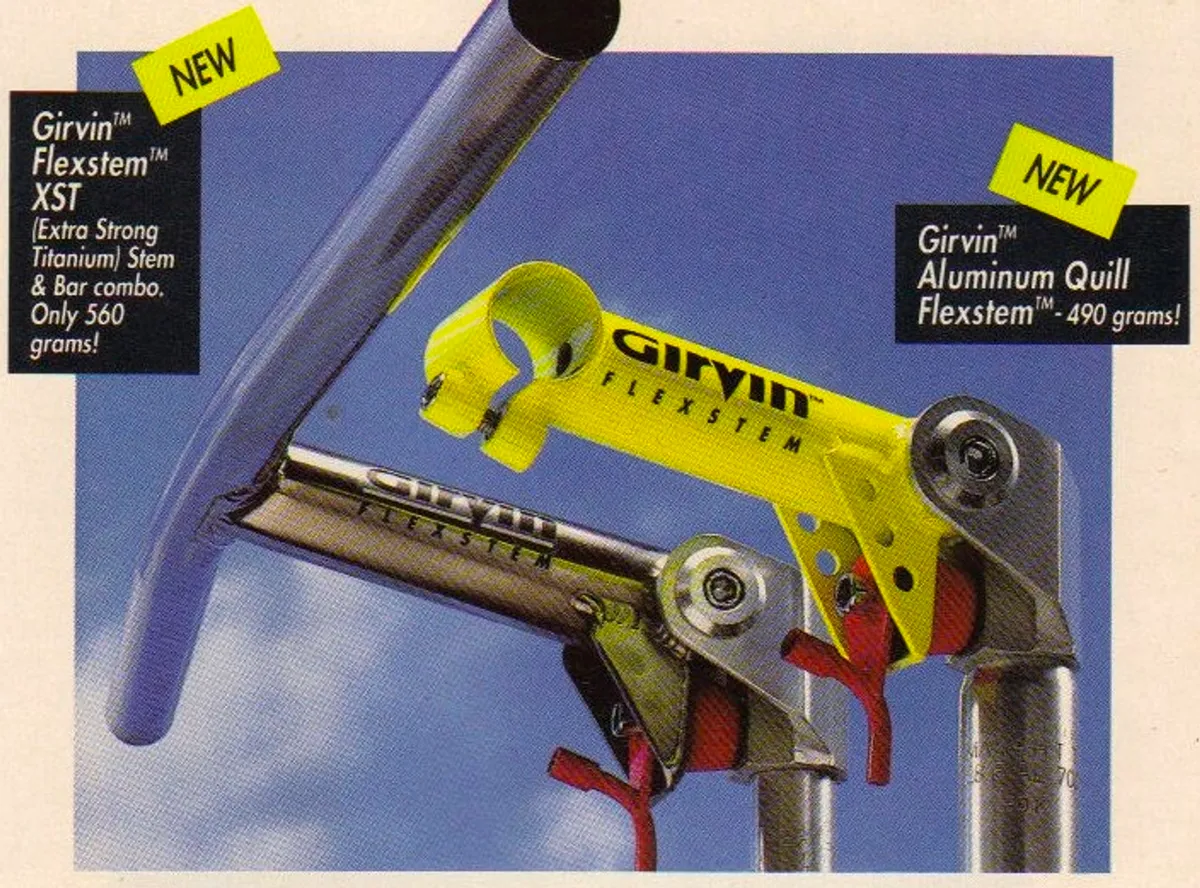
Riders have been looking to add comfort to their mountain bikes for years.
Early suspension forks, such as the RockShox RS1, cost a small fortune, so riders naturally wanted to improve comfort and control without the astronomical price. Enter the Girvin Flexstem.
Designed to provide a cheaper alternative to suspension forks, the Flexstem offered around 25mm of travel, depending on the length. The longer the stem, the more travel you got from its elastomer-based design.
In theory, it should have been okay to ride. Your bike's geometry would be preserved and you’d get additional comfort in a package that was lighter, cheaper and a whole lot simpler than a suspension fork.
In reality, while it did what it promised, the action of the handlebar moving up and down was hugely off-putting.
As with the elastomers used in forks of the time, varying temperatures had a noticeable effect. The springs would go softer when it was hot and harder in the cold.
As suspension forks got better, the Flexstem was consigned to the history books.
Or was it? While admittedly mainly for gravel bikes, Redshift, Kinekt and Cane Creek all offer modern versions of suspension stems.
URT suspension frames
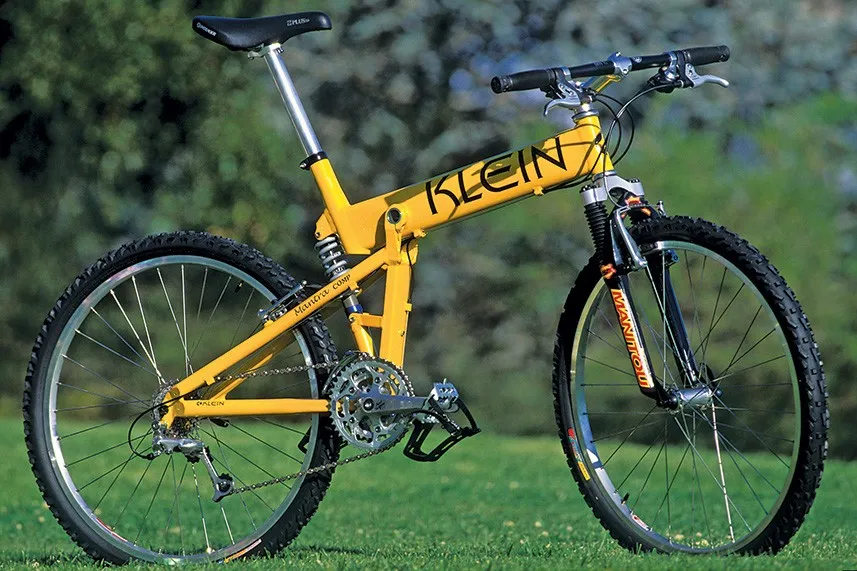
Back in the early days of full-suspension mountain bike design, brands were coming up with tech that looked unquestionably experimental.
Bikes such as the Trek Y, Klein Mantra and Ibis Bow Ti shared the same suspension design, called the URT – or Unified Rear Triangle.
Originally patented by John Castellano, the URT design moved the bottom bracket from the front triangle to the rear triangle of the bike.
The idea was this would create a 'sweet spot' in suspension performance. Indeed, this is what Castellano called the design and he licensed it to many brands, including Ibis, Rocky Mountain and Schwinn.
The fixed chain length and transfer of rider weight to the rear end of the bike were intended to improve pedalling performance, while the suspension would still work at absorbing bumps when the rider was seated.
Out-of-the-saddle pedalling performance was excellent and it was supple when the rider was sat down. However, making the rider part of the unsprung mass when standing made things interesting on the descents.
The Klein Mantra was an extreme example of this. The super-high pivot design was simple and, when seated, offered good bump absorption, making it a popular choice for long-distance marathon riders.
On descents, however, pulling the front brake would force the rider's weight and the bottom bracket forward, steepening the head angle and shortening the wheelbase, drastically compromising stability and control.
Thankfully, as suspension designs were refined, the URT was left in the past.
Truvativ HammerSchmidt
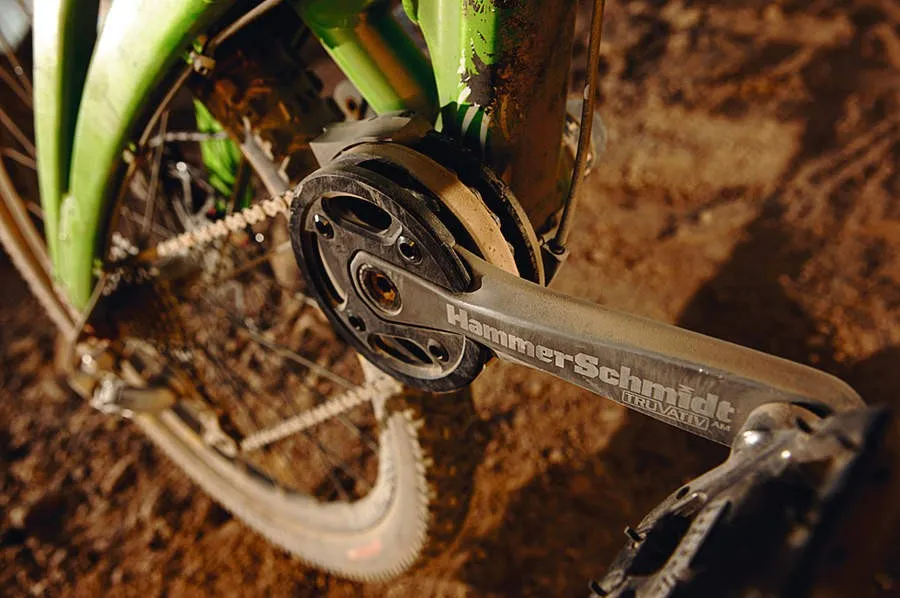
MTB gearing is dominated by 1x drivetrains, offering great durability, simplicity and chain retention.
However, SRAM’s first attempt to ditch the front derailleur, dubbed HammerSchmidt, wasn’t a resounding success.
HammerSchmidt replaced the front derailleur by having a small 22- or 24-tooth chainring setup, mated to a set of planetary gears.
Teamed with a trigger shifter on the handlebar, it gave a 1:1 direct drive or an 'overdrive' ratio of 1:1.6. This equated to gearing of effectively a 22/36 or 24/38-tooth double crankset, without the need for a front derailleur.
That tiny chainring gave loads of ground clearance, had a built-in bash guard and required no chain device.
While it had its advantages, it also had some very serious downsides.
There was a huge amount of drag when the overdrive was engaged. There was also a large lag between pushing on the pedals and the chainring engaging.
The HammerSchmidt system was also very heavy and required a specific bottom bracket, as well as special tools to fit and maintain.
It’s no wonder, then, that HammerSchmidt died a quiet death and SRAM turned its attention to its game-changing dedicated 1x drivetrains instead.
Linkage forks
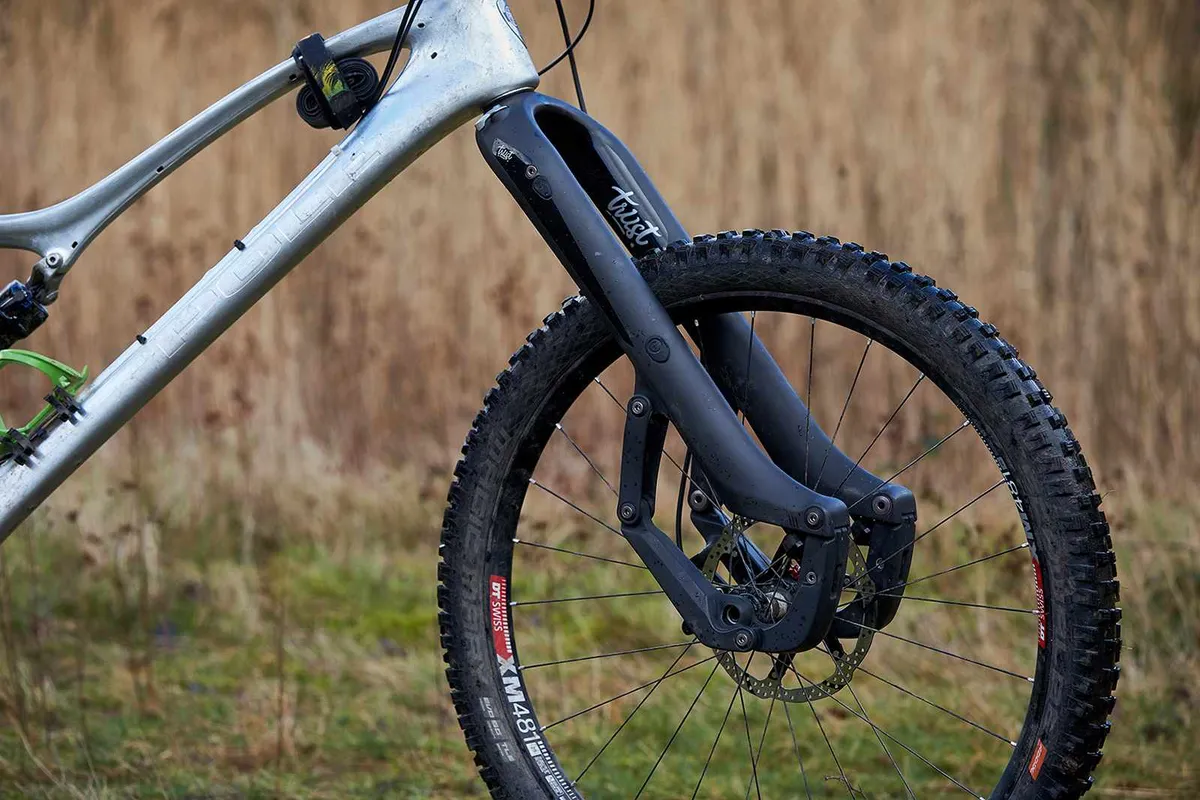
Last but not least, we have one of the most head-turning mountain bike flops of all time: linkage suspension forks.
Linkage suspension forks have been in the mountain bike world since the early 90s, and even today, some brands are still trying to crack the linkage fork code.
But if so many brands have tried to make them work, why has the idea not had mainstream success?
The first reason comes down to their polarising looks and added complexity.
With additional bearings, seals, linkages and often proprietary parts such as hub standards, linkage forks are incredibly complicated.
Compared to standard fork design, which changed the world of mountain bikes for the better, they are a whole lot of extra work for the consumer when it comes to maintenance.
A lot of linkage forks were also highly expensive. For example, Trust’s Shout fork was nearly $2,000 – far more than the most expensive Fox or RockShox equivalent.
Without quantifiable performance benefits, the extra cost, maintenance and polarising aesthetic of linkage forks meant they had lost the battle before it had even really begun.
